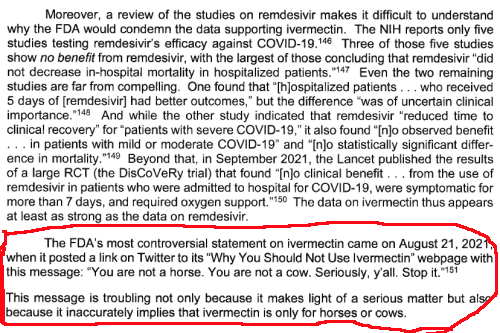Smallsat rocket startup ABL raises $200 million in anticipation of 1st launch
Capitalism in space: With its first test launch of its rocket scheduled for mid-December, the smallsat rocket startup ABL has raised $200 million in investment capital, in addition to the $170 million it had raised in March.
Dan Piemont, president and co-founder of ABL, told SpaceNews that the company still has most of the $170 million it raised in March, describing the new round as “somewhat opportunistic and driven by insider interest.” Much of the additional funding, though, will go to scale up production of its RS1 vehicle that is nearing its first launch. “We have received large orders for RS1 and will need to scale faster than we previously planned to meet the demand,” he said, with more than 75 launches under contract. “Our investors have seen the incredible demand for RS1 and want to make sure we have all the resources we need to serve it. We updated our operating plan accordingly, and you’ll see that in the form of more launch sites, more facilities, more machines and larger production crews next year.”
ABL is one of seven rocket companies — the others are Virgin Orbit, Astra, Firefly, Relativity, Aevum, and Blue Origin — that had planned a first test launch in ’21. Of those, Virgin Orbit has had two successful orbital launches, while Astra and Firefly have attempted orbital launches but failed. Blue Origin’s first launch of its New Glenn rocket has been delayed to next year, but it is questionable it will occur then. The launch dates for Relativity and Aevum remain unannounced.
Capitalism in space: With its first test launch of its rocket scheduled for mid-December, the smallsat rocket startup ABL has raised $200 million in investment capital, in addition to the $170 million it had raised in March.
Dan Piemont, president and co-founder of ABL, told SpaceNews that the company still has most of the $170 million it raised in March, describing the new round as “somewhat opportunistic and driven by insider interest.” Much of the additional funding, though, will go to scale up production of its RS1 vehicle that is nearing its first launch. “We have received large orders for RS1 and will need to scale faster than we previously planned to meet the demand,” he said, with more than 75 launches under contract. “Our investors have seen the incredible demand for RS1 and want to make sure we have all the resources we need to serve it. We updated our operating plan accordingly, and you’ll see that in the form of more launch sites, more facilities, more machines and larger production crews next year.”
ABL is one of seven rocket companies — the others are Virgin Orbit, Astra, Firefly, Relativity, Aevum, and Blue Origin — that had planned a first test launch in ’21. Of those, Virgin Orbit has had two successful orbital launches, while Astra and Firefly have attempted orbital launches but failed. Blue Origin’s first launch of its New Glenn rocket has been delayed to next year, but it is questionable it will occur then. The launch dates for Relativity and Aevum remain unannounced.














